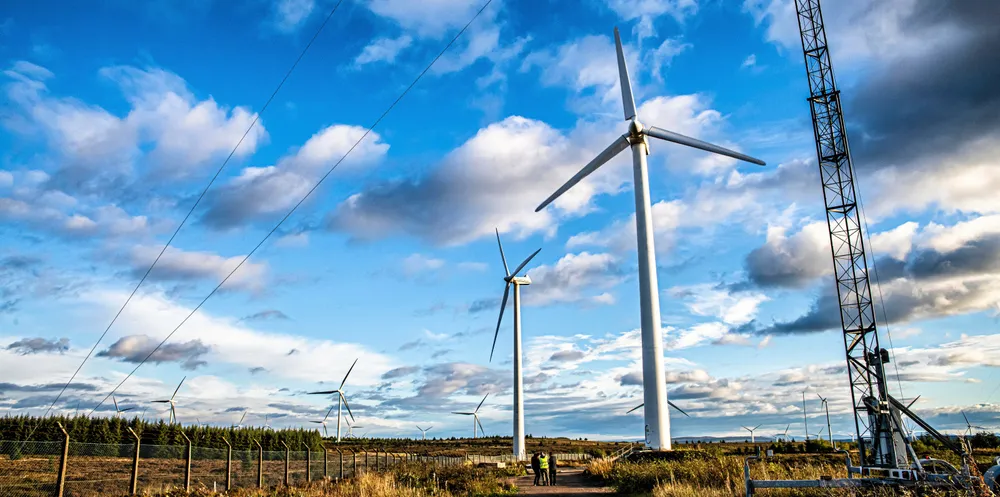Greener, leaner high-tech textile rotor blades fly through trials on UK's biggest onshore wind farm
Act Blade's first field tests of its modular, yacht sail-inspired concept point to next-generation models that are lighter and harness more energy than conventional designs – and would be fully recyclable
